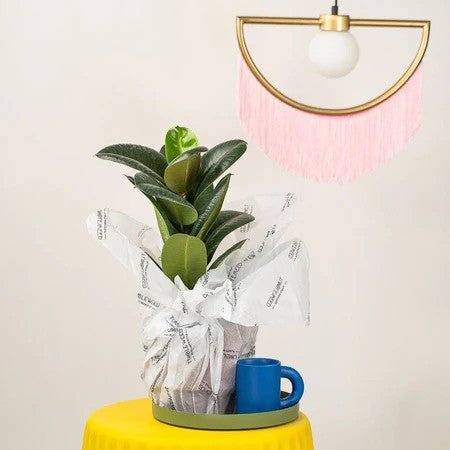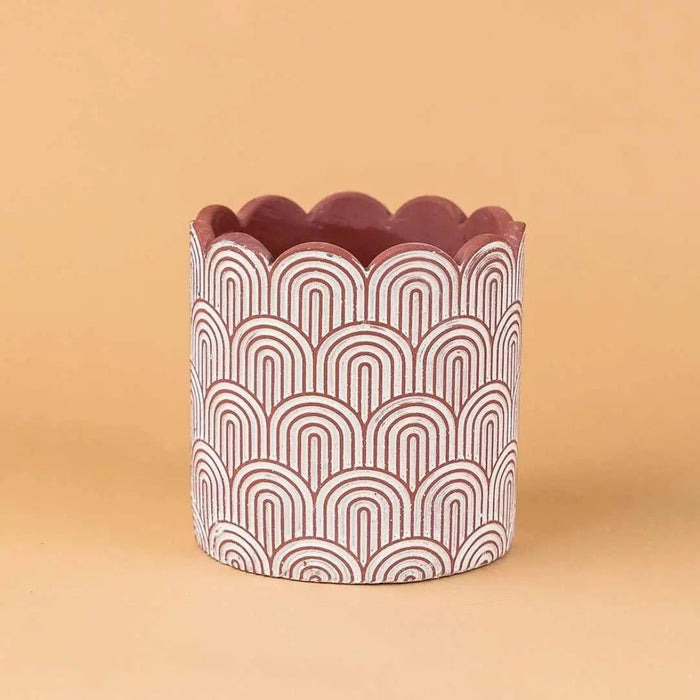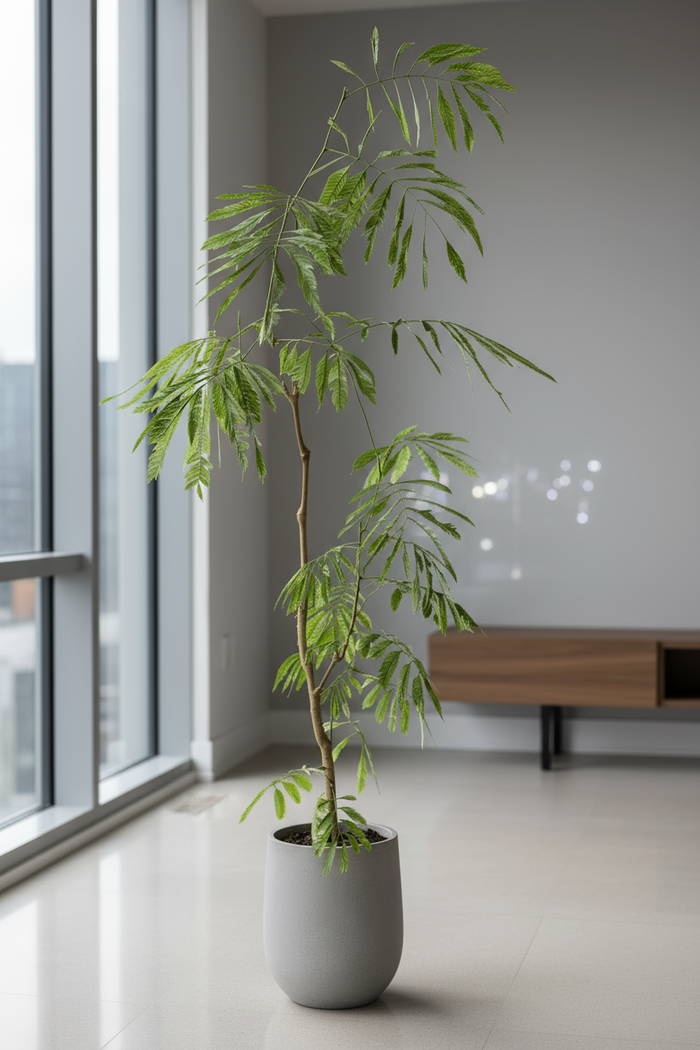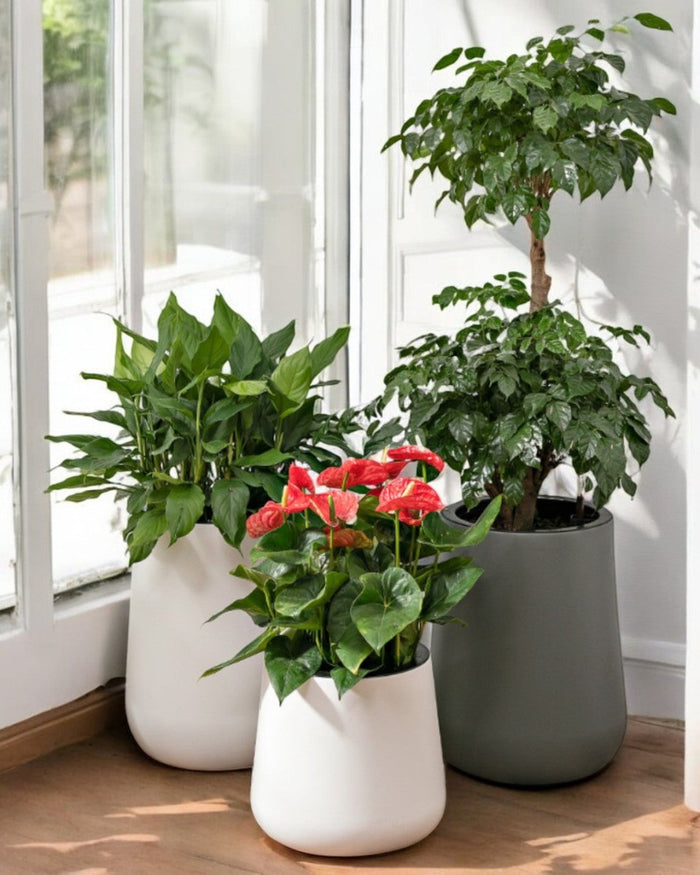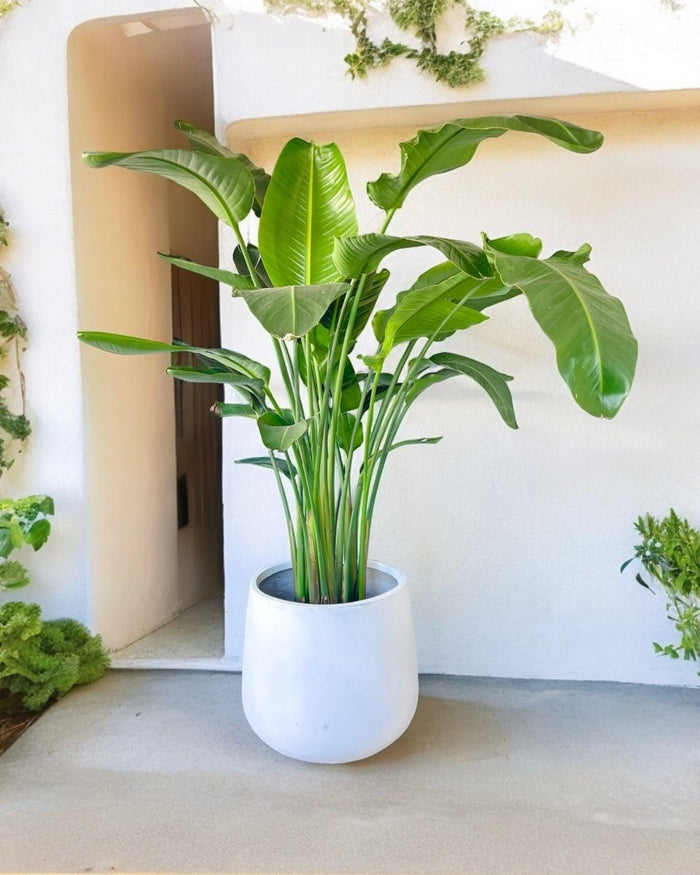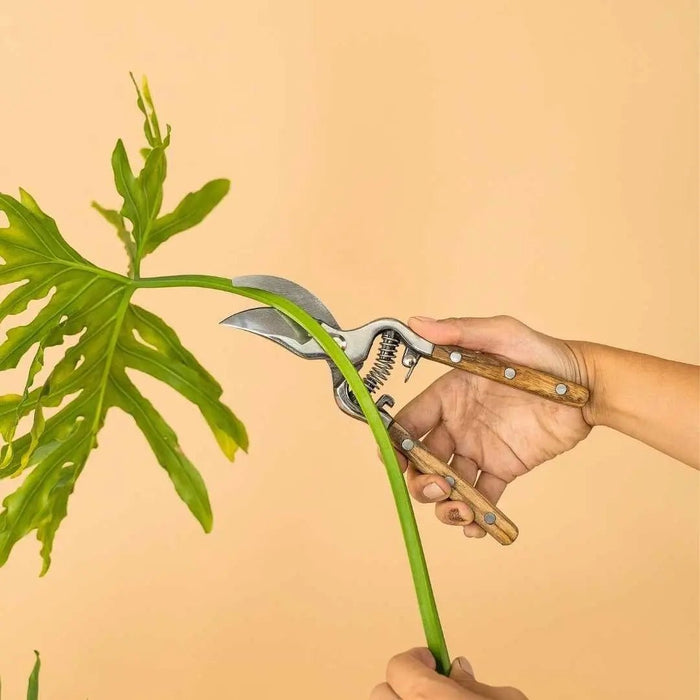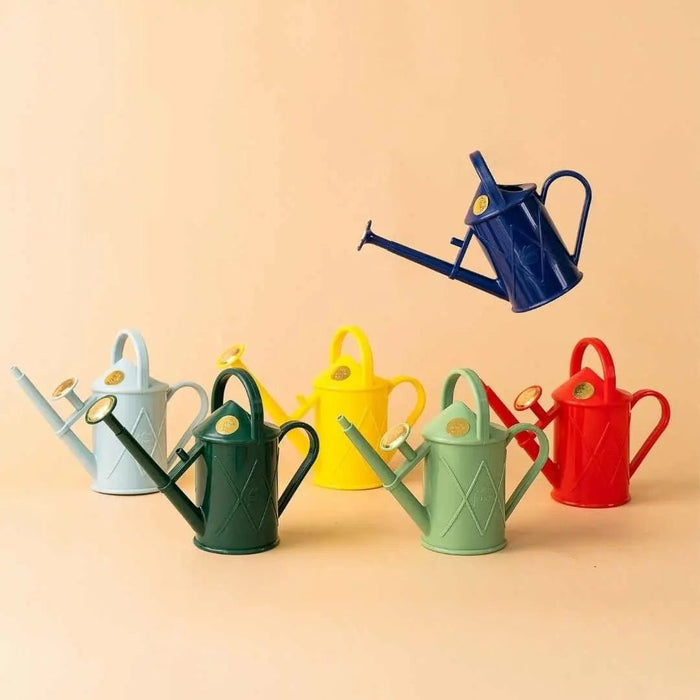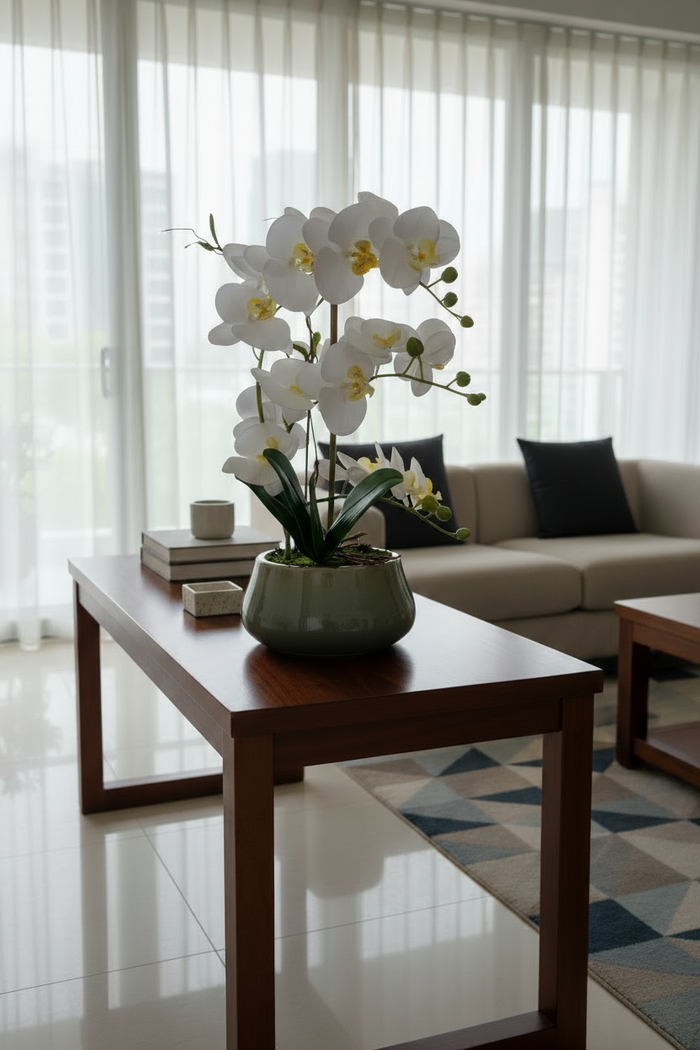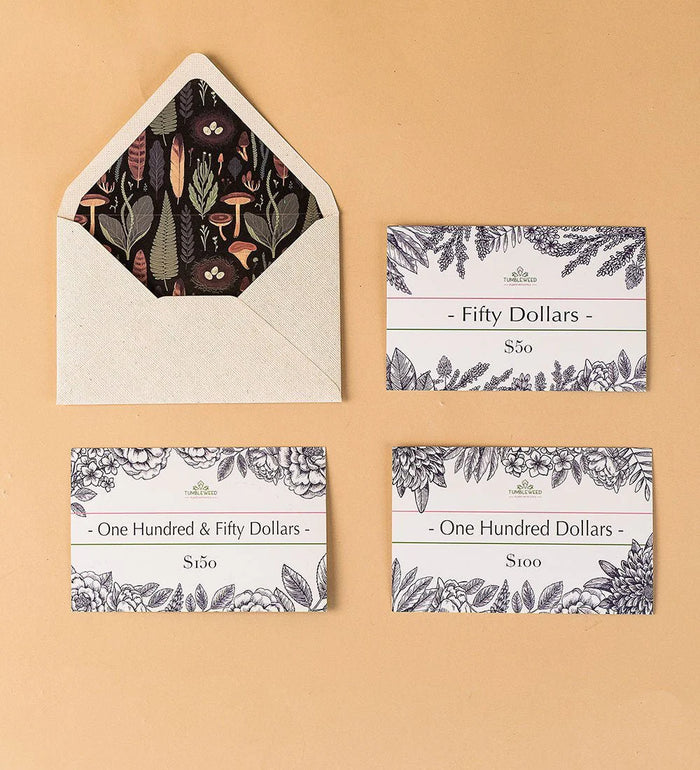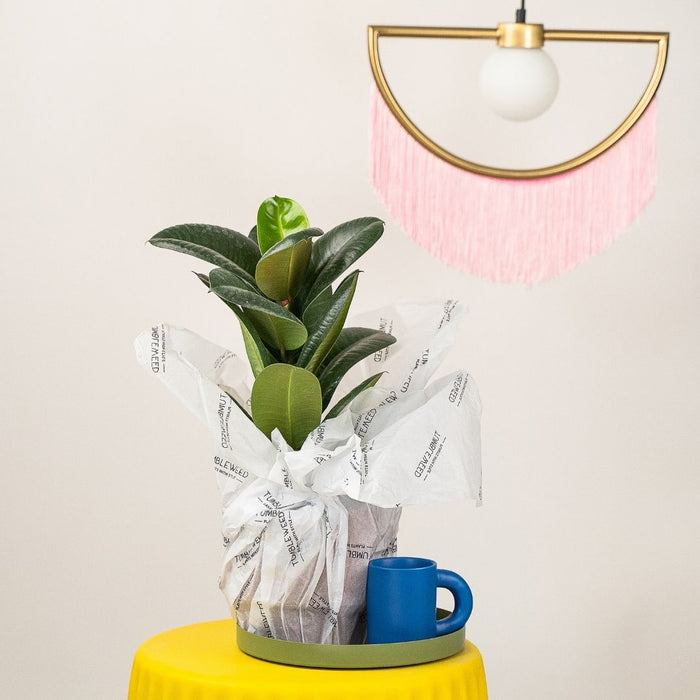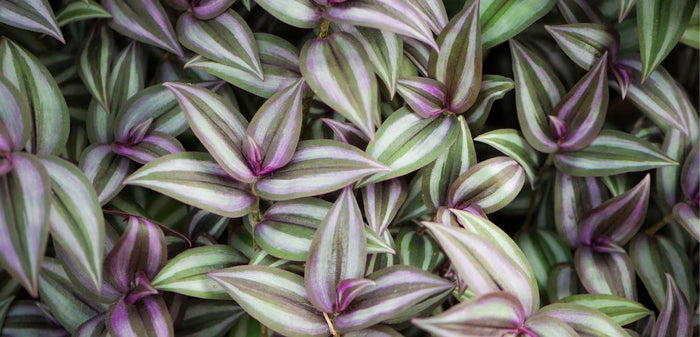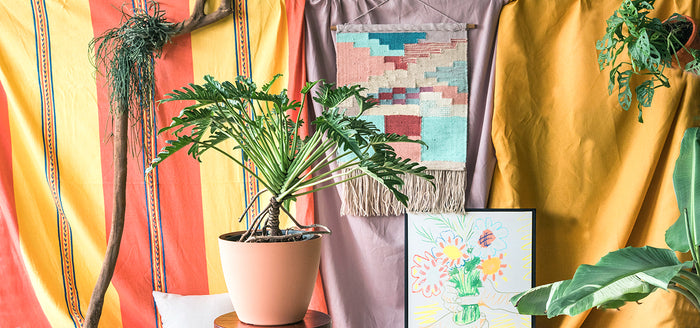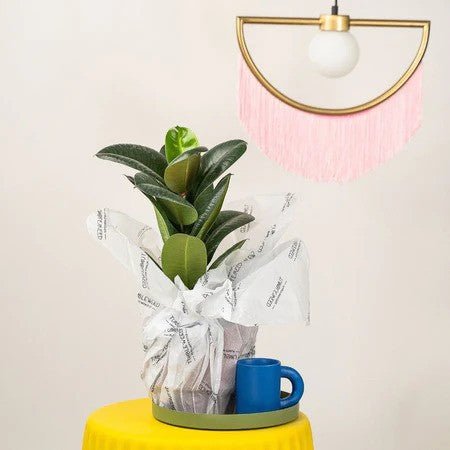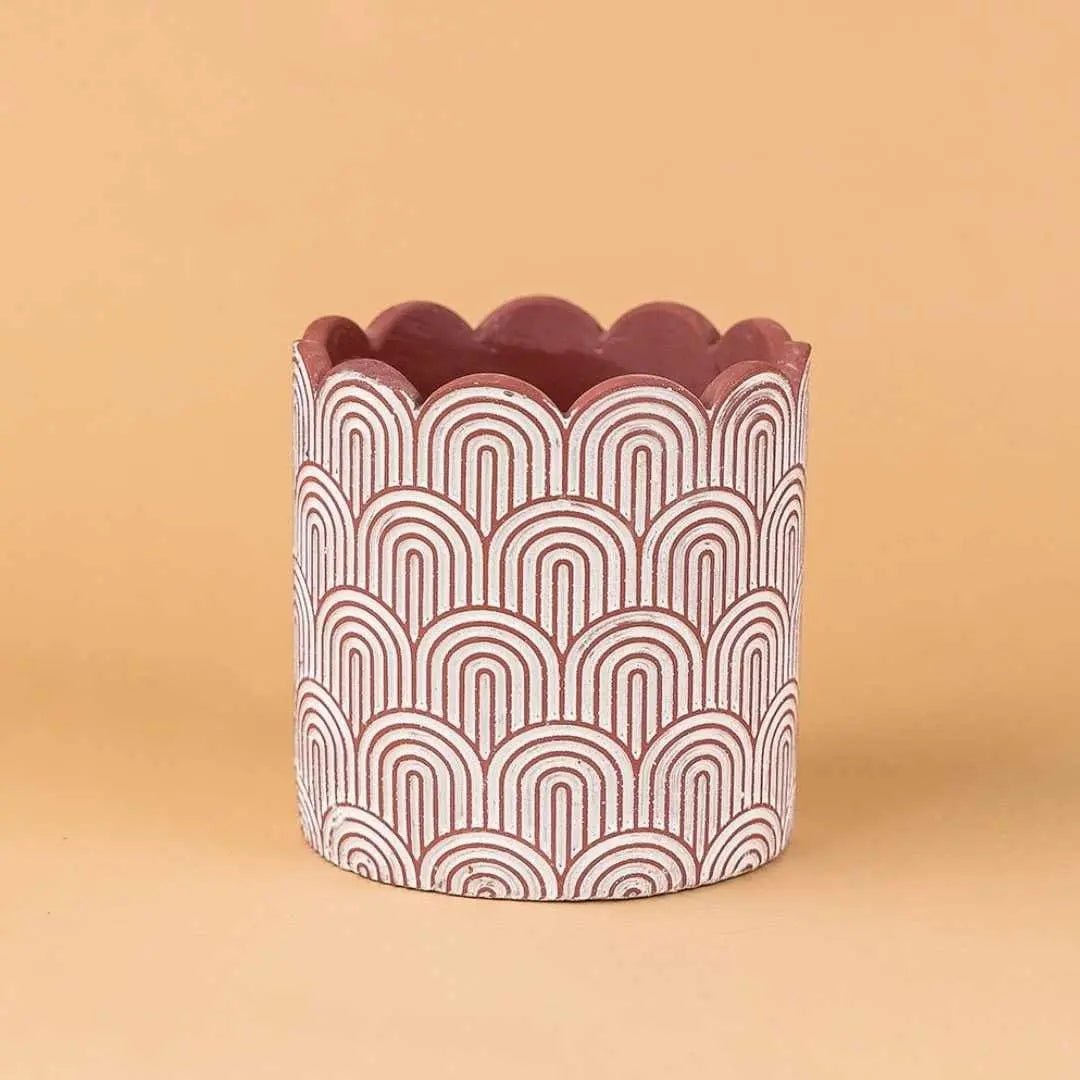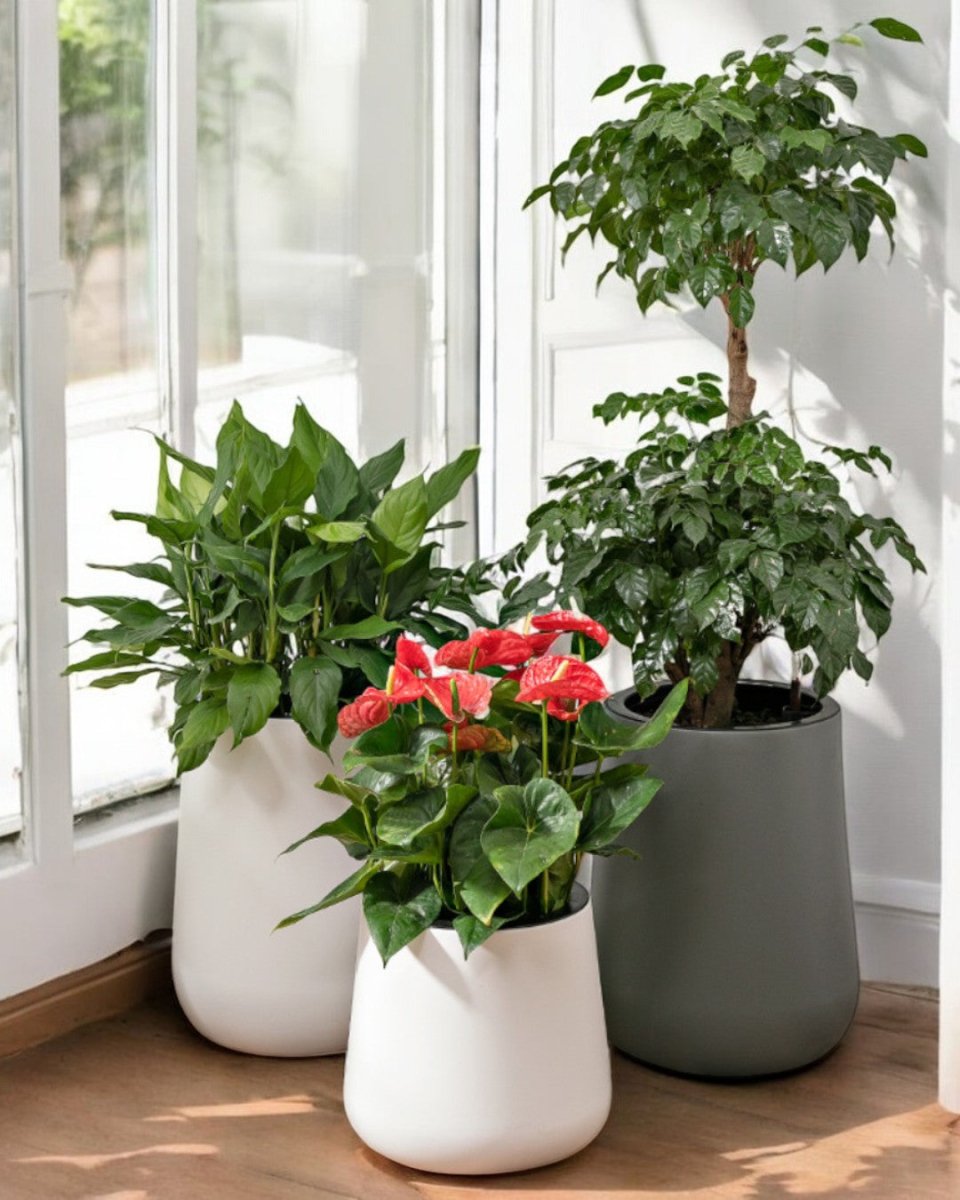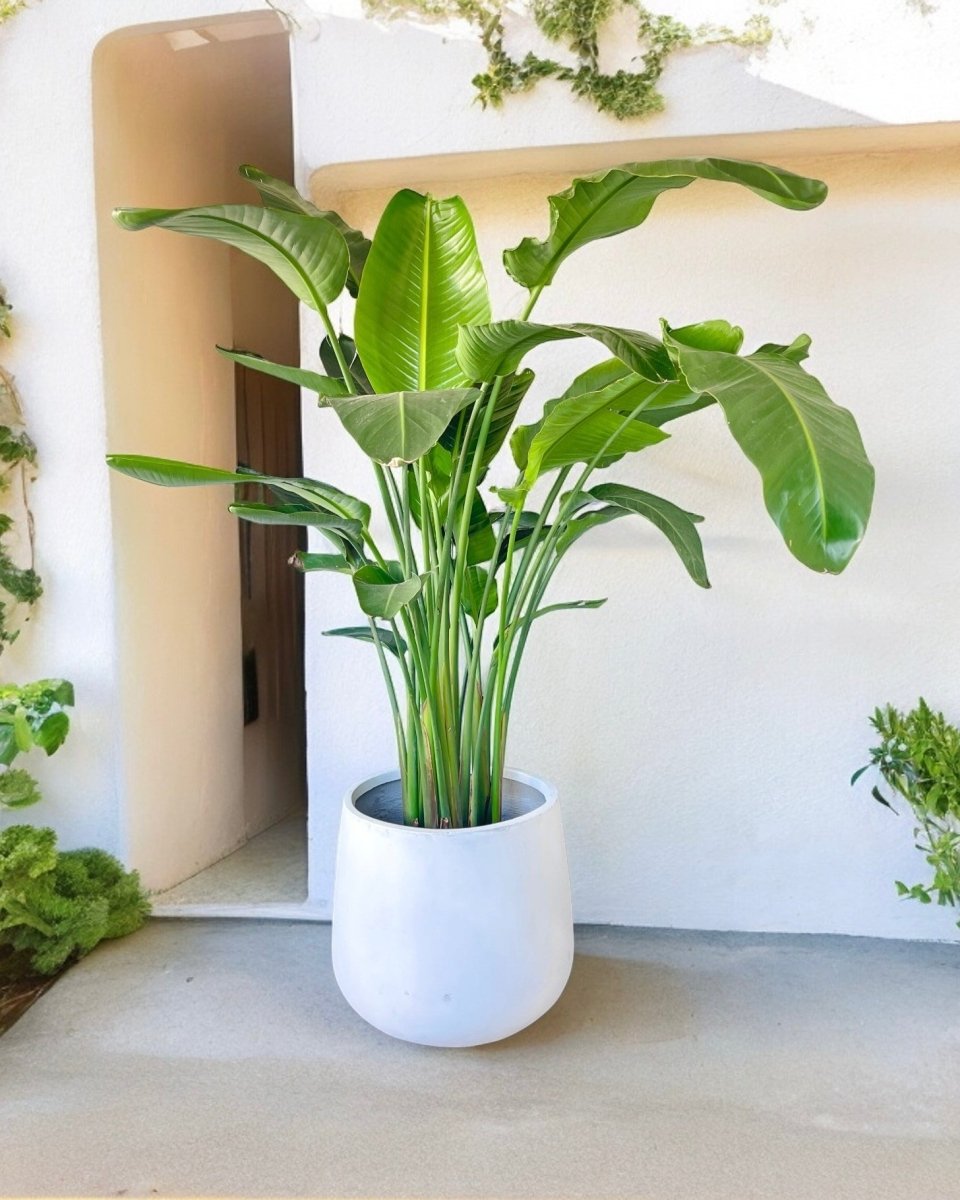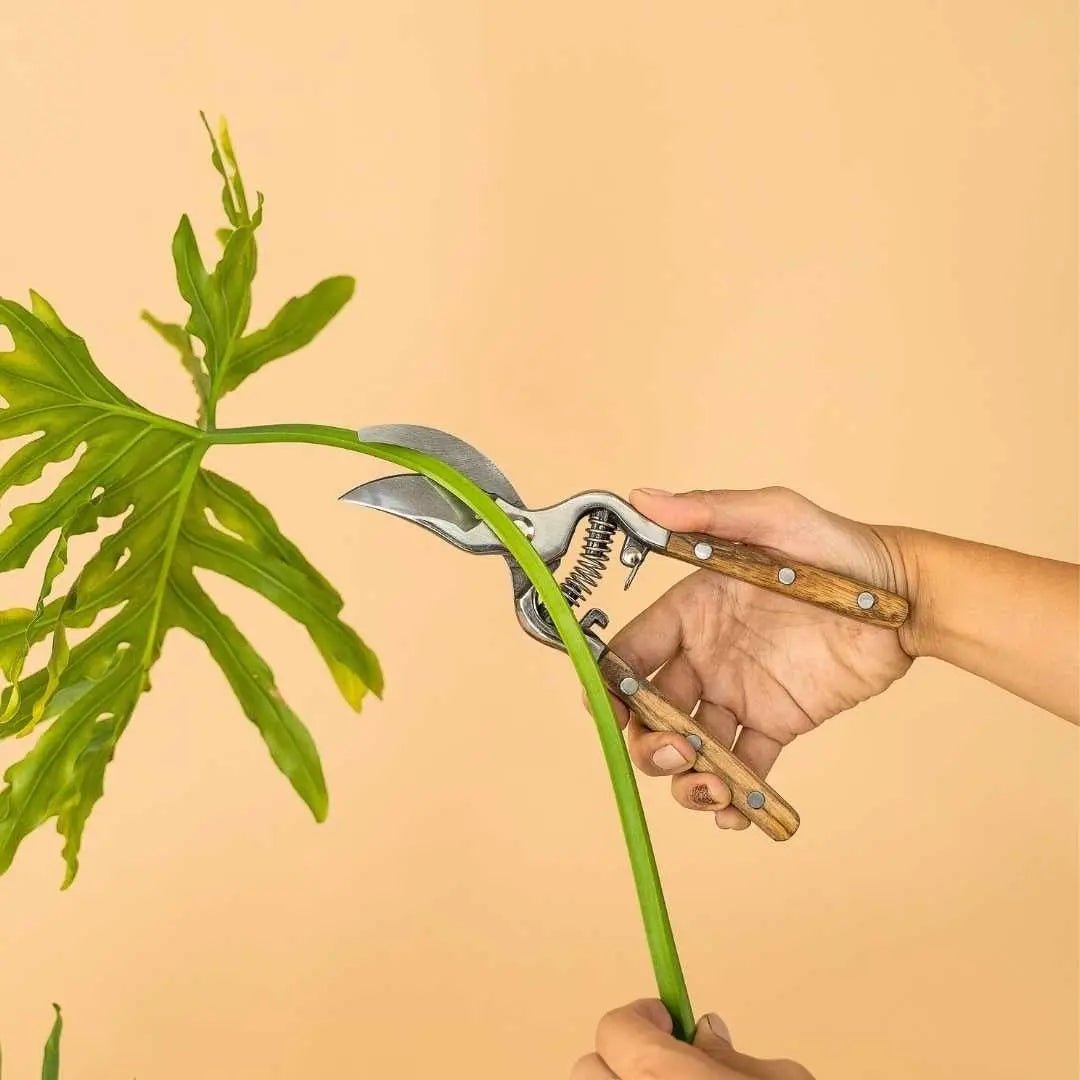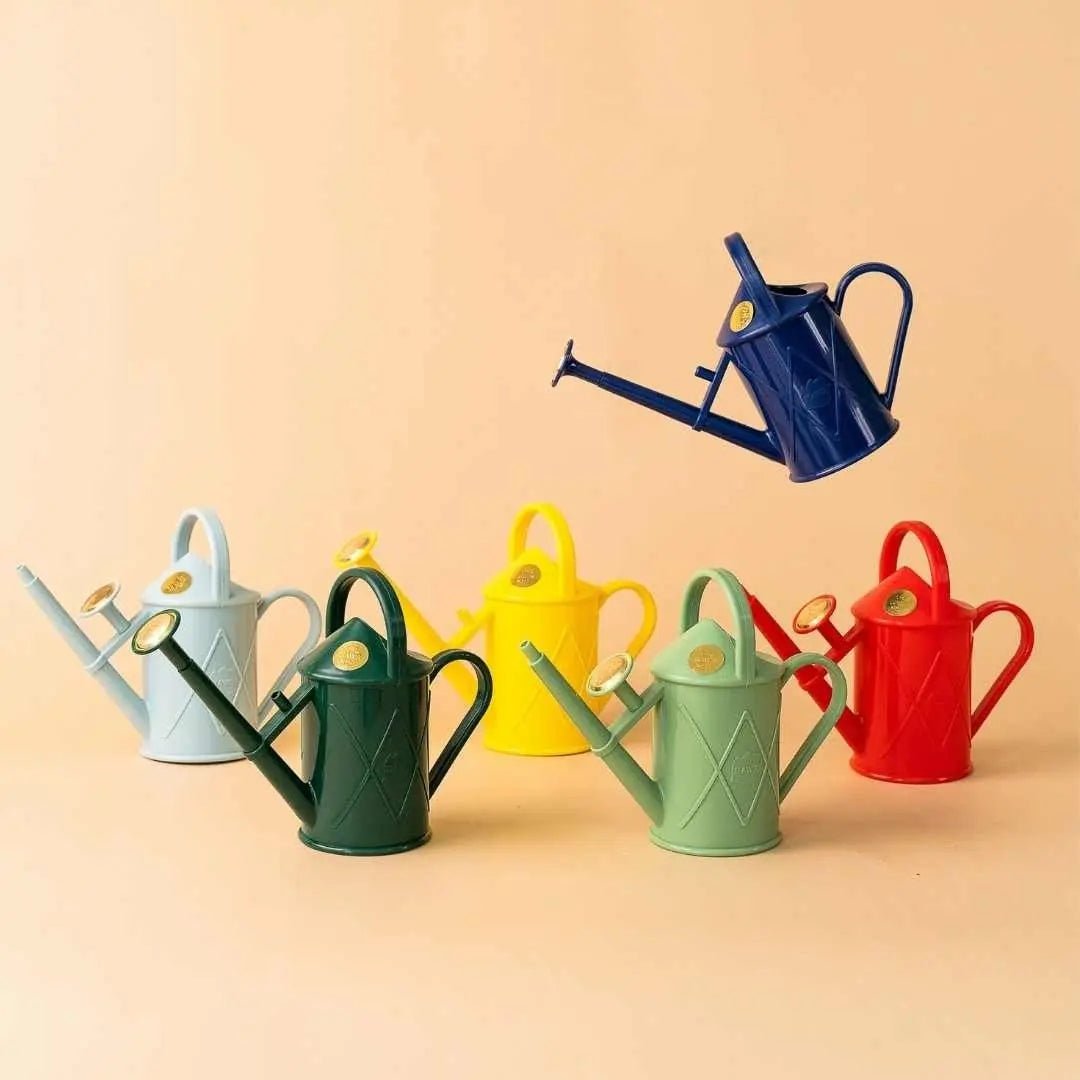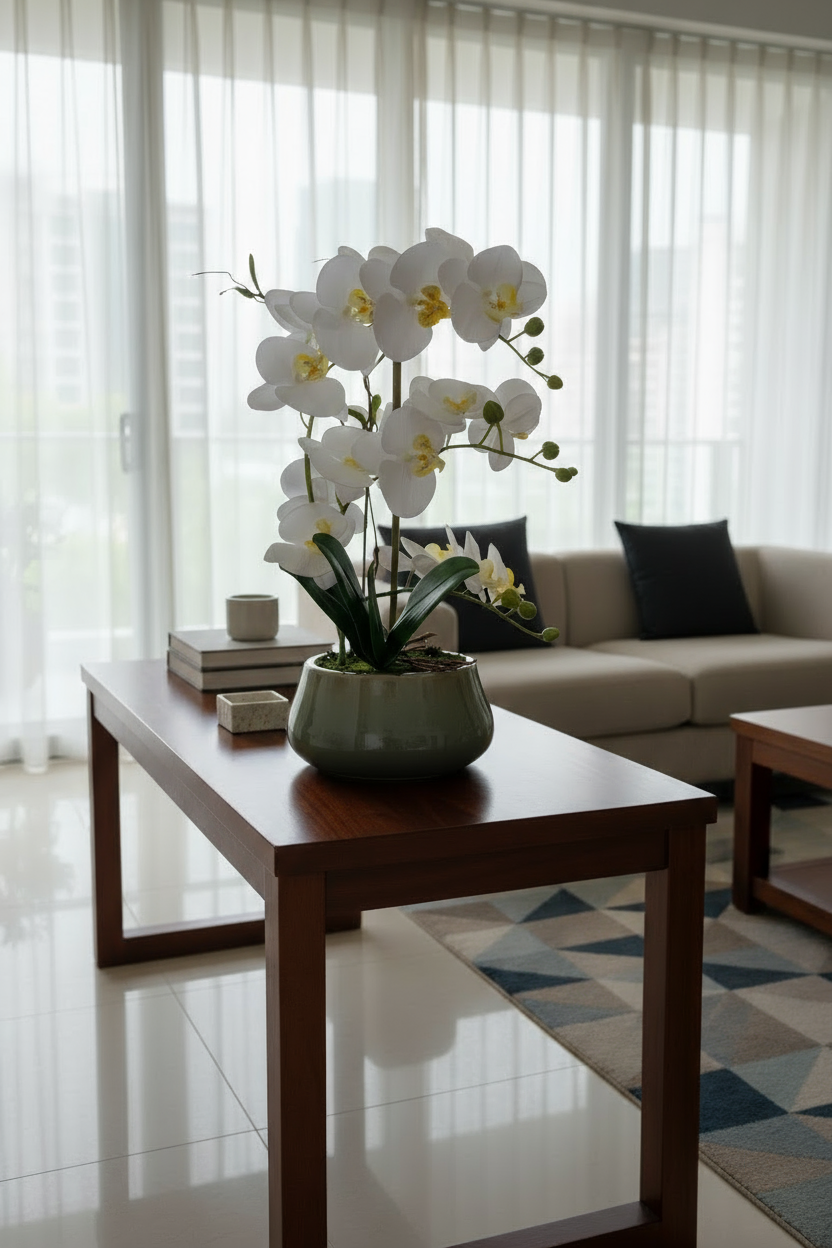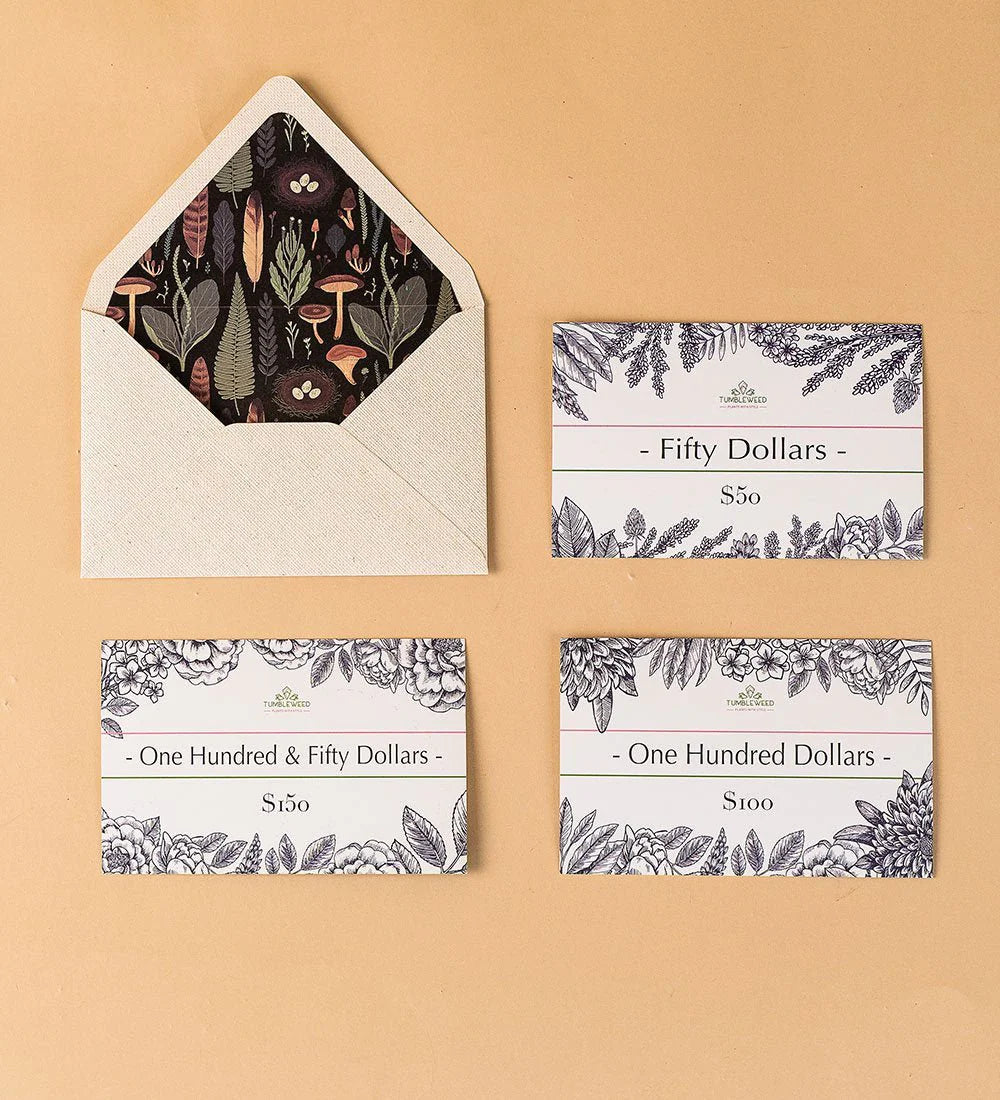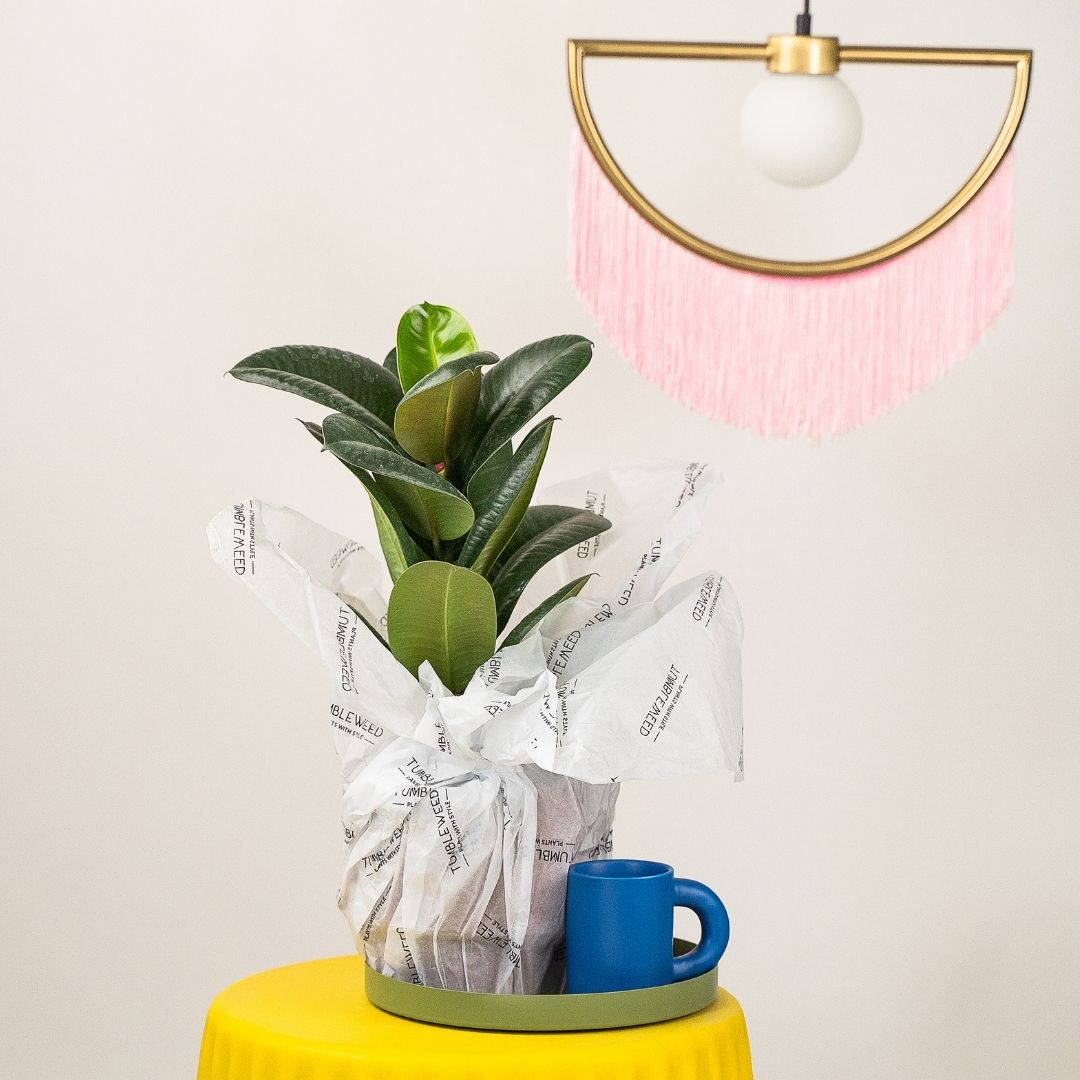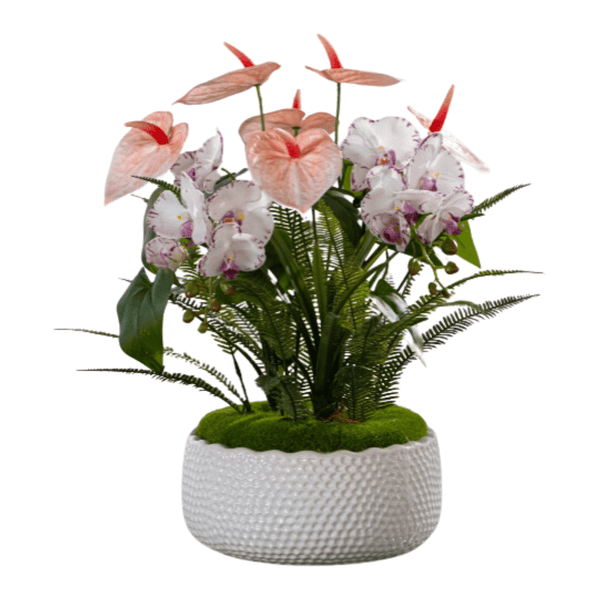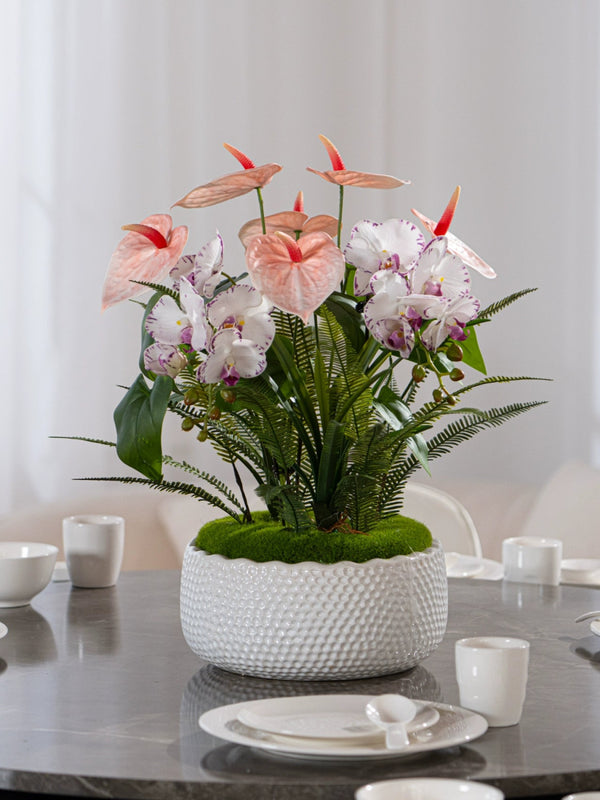Anthurium plants are quickly becoming a crowd favourite due to the variety of interesting foliage they offer. They are relatively easy to care for and can be used to instantly green up a space while keeping the aesthetic simple.
Search plants, planters, garden accessories and more.
-
Sale
-
Plants
-
Pots
-
Care
-
Decor
-
Gifts
-
Services
-
Business
Free Delivery Above $99 | Shop Now
What's New
-
 Year End Sale: Up to 50% off→
Year End Sale: Up to 50% off→ -
 🎁 Corporate Gifts! 🎁→
🎁 Corporate Gifts! 🎁→ -
 Transform your space with our Plant Styling Services!→
Transform your space with our Plant Styling Services!→ -
 Low Light Corner?→
Low Light Corner?→ -
 Login to Earn & Redeem Points!→
Login to Earn & Redeem Points!→ -
 🎉 Making buying plants easy! 🎉→
🎉 Making buying plants easy! 🎉→
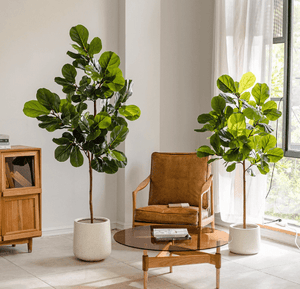
Year End Sale: Up to 50% off
Upgrade your decor now! Automatic tiered discounts mean bigger savings on plants, planters & more. Watch your progress bar fill up as you shop! Sale ends soon. 🌱
Also don't miss out on our free XL Everfresh giveaway, auto enrolled when you make a purchase with us.
Shop Plants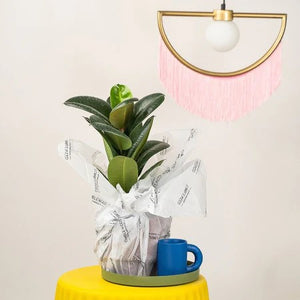
🎁 Corporate Gifts! 🎁
Planning corporate gifts for the festive season? Make a lasting impression with our premium plant gifts! Perfect for clients, partners, or employees, our curated selection of plants is both meaningful and elegant. Choose from a variety of options that fit any budget. Order now and ensure your corporate gifts are delivered in time for the celebrations.
Bulk Gifting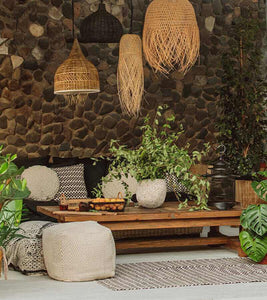
Transform your space with our Plant Styling Services!
Looking to refresh your space for the year-end festivities? Elevate your home decor with our Plant Styling service! Whether it’s a cozy corner or a grand living room, our expert tips will help you transform your space into a green oasis. Perfect for setting the holiday mood! Get inspired and start styling your space with our premium plant collections.
Start your Project
Low Light Corner?
No worries! Our Plant Lights are here to help your plants grow! Specially designed and made for houseplants.
Shop Lights
Login to Earn & Redeem Points!
Login and automatically enrol into our Rewards program, earning you points, and get exclusive deals and discount
Login Now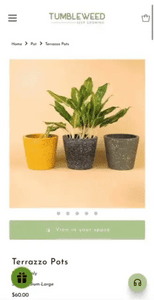
🎉 Making buying plants easy! 🎉
We have made buying plants even easier, with our customer service team, equipped to provide you with a plant recommendations. Hit us up on our chat channels to get started!
Shop NowUp to 50% off with our Year End Sale!
Free delivery above 99SGD
🎁 Free Gift Above $120
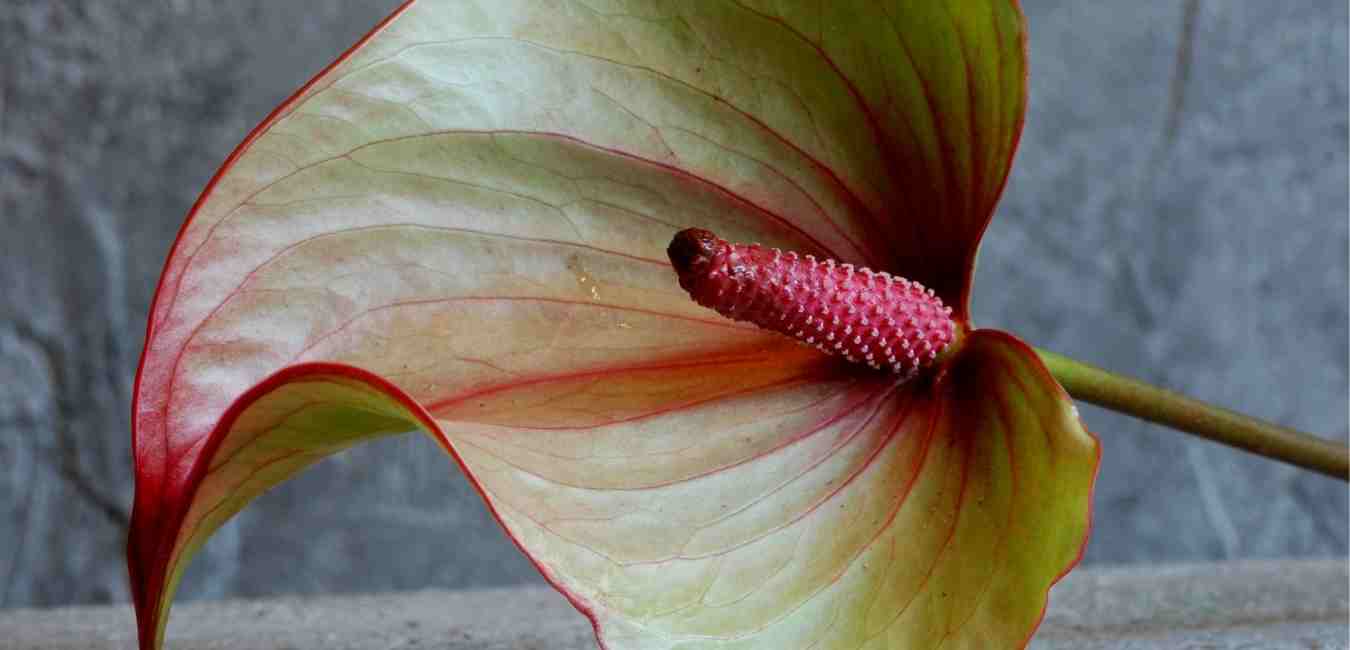
Anthurium: Information and Plant Care Guide
Varieties from our listing
Interested to buy a plant from this group?
See what we have available HERE
Below is a general care guide for Anthurium plants which can slightly differ depending on variety.
Light & Temperature
Anthurium plants can tolerate all levels of indirect light but thrive best in bright indirect light. Providing sufficient light allows your anthurium to grow faster and be more likely to bloom. Be mindful that direct sunlight will scorch the leaves.
They prefer warmer environments, however, they do well in typical household temperatures as well. Be sure to protect them against cold drafts which will cause them to stop growing.
Watering, Humidity & Misting
Allow the top 2-3” of soil to dry out between waterings to ensure the plant is not sitting in water. Anthurium plants are susceptible to root rot, so making sure that excess water is drained thoroughly is an important care tip. They also thrive in high humidity so frequent misting is recommended. You can also setup a pebble tray or a humidifier to ensure a consistent boost in humidity.
Soil and Repotting
Proper Anthurium plant care starts with the soil. They love well-draining potting mix that can retain some moisture. Avoid soil that is too dense as this will retain too much moisture.
To keep the plant growing happy and healthy, you can repot the Anthurium every 2-4 years into larger pots with fresh soil. Anthurium have many thick roots, which when overcrowded, will stunt its growth.
Propagation
Most Anthuriums can be easily propagated by cutting off its roots that start to grow up above the soil level. Dip these roots in rooting hormone and bury them in fresh soil, and in 4-6 weeks, stems and leaves will start growing from them.
They can also be propagated from stem cuttings with 2-3 leaves. Dip the ends of the stem in rooting hormone and directly pot them in fresh soil. Be sure to water thoroughly and provide enough humidity. They should also develop roots and start growing within 4-6 weeks.
Fertiliser
Use a balanced fertiliser formulated for houseplants. Follow directions on the label of plant food.
Toxicity
Anthurium plants are toxic if ingested and should be kept out of the reach of children and pets. Their sap will also cause skin irritation so make sure to wear gloves when handling.
Possible Issues
Under the right care and conditions, your plant will grow happy and healthy. But here are some issues you may encounter while caring for an Anthurium:
Spidermites, aphids, scale and mealybugs - A good deterrent is keeping the humidity high.
Scorched leaves/ Brown Tips - This is usually caused by low humidity, direct sunlight or both. Make sure to mist your Anthurium daily to boost humidity and/or move your Anthurium to an area with indirect light.
Leaves turning yellow/brown - This can be due to root rot and other fungal disease. Make sure that your Anthurium is not sitting in soggy soil.
Brown roots and yellow stems - This is caused by root rot. Repot your Anthurium in fresh soil and remove all rotten roots. Propagate the plant if necessary.
Droopy/Puckered Leaves - A sign of underwatering. If the soil is bone dry, soak the plant in water for an hour to help with water retention and absorption.
- Regular Price
- $22.00
- Sale Price
- $22.00
- Regular Price
- $32.00
- Unit Price
- /per
- Regular Price
- $28.00
- Sale Price
- $28.00
- Regular Price
- $38.00
- Unit Price
- /per
- Regular Price
- $22.00
- Sale Price
- $22.00
- Regular Price
- $32.00
- Unit Price
- /per
- Regular Price
- $135.00
- Sale Price
- $135.00
- Regular Price
- Unit Price
- /per
TumbleweedPlants.com
Live Chat 💬
Whatsapp:+65 80561106
getintouch@tumbleweedplants.com
514 Chai Chee Lane (Office & Warehouse)
-Strictly not open to walk-in
Company
Helpful Links
Join Our Community
Join 40,000+ plant lovers and get care tips & inspiration.
About
TumbleweedPlants.com is an independent plants retail brand, established in Singapore in 2016. We make stylish indoor plants easy and accessible to all with great looking houseplant varieties, the biggest selection of planters and indoor plant care essentials delivered to your door.
Shop with confidence from the Best Plant Home Decor Online Store Today!

